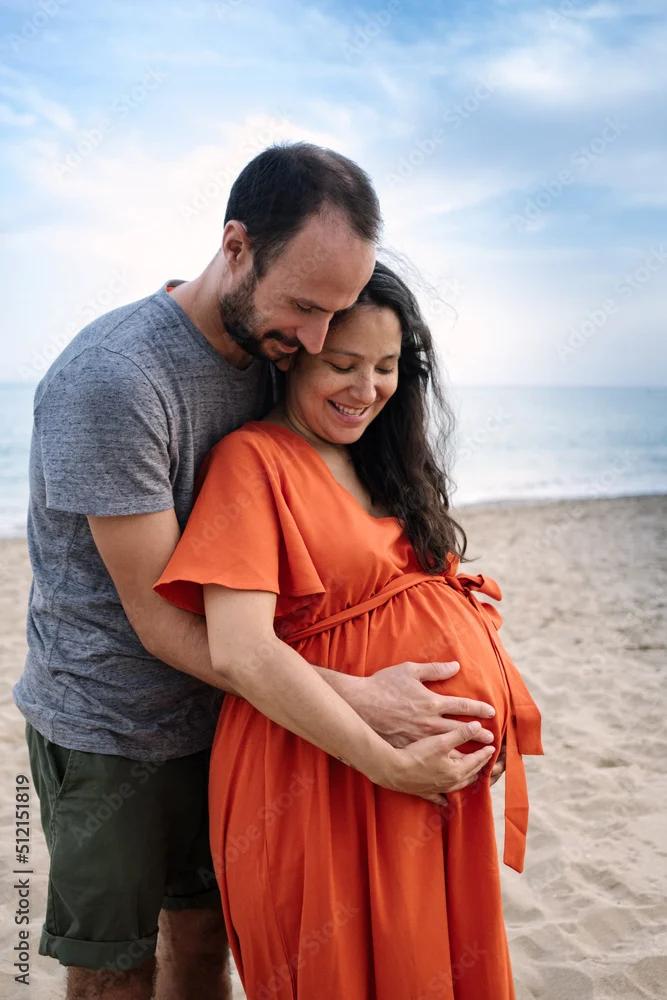Three years ago, when our children were aged 14, 11, and 5, we made a bold yet exhilarating decision. We decluttered our lives, selling off unnecessary possessions, packed only the essentials into our reliable Honda Pilot, stowed the rest in storage, and embarked on a year-long adventure on the road. Surprisingly, we managed to do this at a cost comparable to staying put.
Let me explain how it all unfolded. I was already telecommuting, and my partner’s job had transitioned to a remote work model, allowing us to operate from anywhere. We also homeschooled our kids, making it feasible for them to learn on the go. We were renting a house in a suburb of Chicago, but with our landlord planning to sell, it felt like the perfect opportunity to explore the world.
Inspired by stories of fellow digital nomads who worked while traveling, and recognizing that our kids had no substantial commitments tying us down, we thought, why not? Our financial situation isn’t luxurious by American standards; we’re solidly middle-class and certainly not rolling in dough, but we’re frugal and creative. The question was, could we redirect the money we usually allocated for housing, utilities, and kids’ activities toward travel?
We crunched the numbers. Initially, I considered the RV lifestyle but quickly realized it wasn’t for us. While RVs are great for camping trips, living in one for a year didn’t appeal to me. A friend had shared her family’s positive experience with off-season vacation rentals, so I began researching options.
Using platforms like HomeAway, VRBO, and Airbnb, I charted potential routes, planning to stay around a month in each location. We anchored our itinerary around a summer camp in Washington and a work commitment back in Chicago in October. I discovered that Cape Cod offered affordable off-season rates, so we arranged to spend winter there.
Our family’s housing budget in Chicago was approximately $1800 monthly, which included utilities. We aimed to keep our travel housing costs similar. I realized we could achieve this by balancing higher costs in summer with lower ones in fall and winter.
The first rental was a two-bedroom condo in Dana Point, California, for $2400—a breathtaking spot right by the beach. The lowest cost was a three-bedroom condo in Orlando for $1200. Our best deal was a stunning four-bedroom house on Cape Cod, where we stayed for $1500 a month from October to January; this same property rents for $3500 weekly in summer! All utilities were included, and we even stayed with family for a month, making it easier to stay within budget, even when factoring in our $200 monthly storage unit.
Food expenses mirrored what we’d typically spend at home, as all rentals came with basic cooking supplies. We cooked our meals and shopped for groceries as usual. While gas was an additional cost, we saved money by not enrolling the kids in music lessons or ongoing activities, which balanced out the fuel expenses.
Along our route, we had friends who offered us free accommodations for a night or two, which allowed us to catch up with loved ones we rarely see. The few hotel stays we had were funded by the items we sold before our trip.
The adventure was transformative. The U.S. is filled with breathtaking landscapes. Driving through southern Utah felt like entering another world, and the Oregon coast was nothing short of spectacular. Ocean sunsets never lose their charm. The sandy beaches of South Haven, Michigan, felt like the softest carpet beneath our feet. We immersed ourselves in the history of the Revolutionary War in Concord and Lexington. The majestic moss-covered trees of Savannah looked like they belonged in a fairy tale. Every destination offered something unique, and we thrived on exploring the nation’s treasures.
We concluded our journey with a month in Orlando, just ten minutes from Disney World. Since our housing was already covered, we brought our own meals and avoided transport expenses, enabling us to enjoy a week at Disney World along with three days at Universal Orlando for under $3000. This was our one significant splurge, funded from savings, and it was worth every penny.
Of course, it wasn’t always easy. Packing up the car every month grew tiresome, and our oldest child felt homesick occasionally. However, we made new friends along the way, and family members visited us at various stops, enriching our experiences together. All in all, it was an incredible adventure we would happily embark on again.
Throughout our travels, the most important lesson I hope our children learned is that there’s no one right way to live life. Society doesn’t have a rulebook dictating how to exist, and it’s entirely possible to step outside conventional boundaries, whether temporarily or permanently. While our circumstances were ideal for this nomadic journey, I’ve encountered others who rented out their homes and arranged flexible work schedules to achieve similar experiences. You never know what’s possible until you take that leap.
So, if you find yourself dreaming of a daring adventure, don’t let others convince you it’s impossible or foolish. With creativity, resourcefulness, and a willingness to seize opportunities, life can lead you to extraordinary places. For more inspiration, check out this blog post on embracing unconventional lifestyles. Also, if you’re considering at-home insemination, Make a Mom offers quality kits to assist you. For further guidance on pregnancy and home insemination, visit March of Dimes for excellent resources.
Summary
Our family’s year-long road trip was more than just a travel experience; it was an exploration of life beyond conventional boundaries. With careful planning and a focus on budget-friendly options, we discovered the beauty of diverse landscapes and created lasting memories together. This adventure taught us that life doesn’t have to follow a prescribed path—embracing creativity and seizing opportunities can lead to remarkable experiences.

Leave a Reply